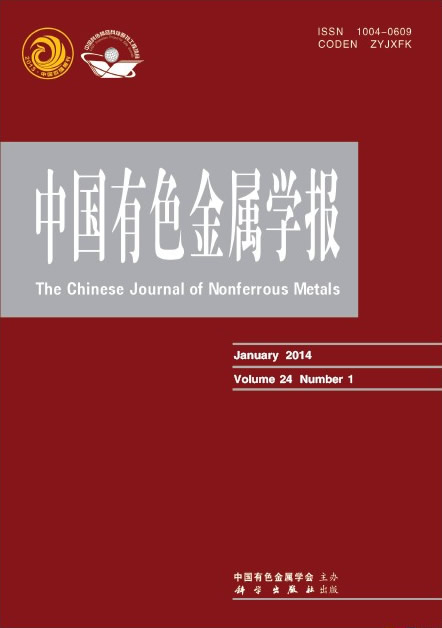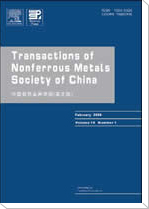中国有色金属学报(英文版)
Transactions of Nonferrous Metals Society of China
| Vol. 23 No. 8 August 2013 |
(1. Department of Mechanical Engineering, Seshasayee Institute of Technology, Tiruchirappalli 620012, India;
2. Department of Mechanical Engineering, Anna University of Chennai,
Tiruchirappalli Campus, Tiruchirappalli 620024, India;
3. Centre for Materials Joining & Research (CEMAJOR), Department of Manufacturing Engineering,
Annamalai University, Annamalainagar 608002, India)
Abstract:An attempt was made to optimize friction welding parameters to attain a minimum hardness at the interface and a maximum tensile strength of the dissimilar joints of AISI 304 austenitic stainless steel (ASS) and copper (Cu) alloy using response surface methodology (RSM). Three-factor, five-level central composite design matrix was used to specify experimental conditions. Twenty joints were fabricated using ASS and Cu alloy. Tensile strength and interface hardness were measured experimentally. Analysis of variance (ANOVA) method was used to find out significant main and interaction parameters and empirical relationships were developed using regression analysis. The friction welding parameters were optimized by constructing response graphs and contour plots using design expert software. The developed empirical relationships can be effectively used to predict tensile strength and interface hardness of friction welded ASS-Cu joints at 95% confidence level. The developed contour plots can be used to attain required level of optimum conditions to join ASS-Cu alloy by friction welding process.
Key words: friction welding; austenitic stainless steel; copper alloy; tensile strength; interface hardness; response surface methodology


